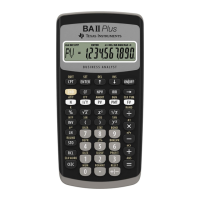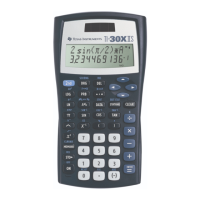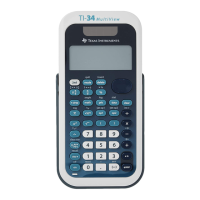Appendix A: Functions and Instructions 881
4
44
4Sphere MATH/Matrix/Vector ops menu
vector
4
44
4Sphere
Displays the row or column vector in spherical
form [r q f].
vector
must be of dimension 3 and can be either a
row or a column vector.
Note:
4
44
4Sphere is a display-format instruction,
not a conversion function. You can use it only at
the end of an entry line.
[1,2,3]4Sphere
¥ ¸ [3.741... 1.107... .640...]
[2,
pà4,3]4Sphere
¥ ¸ [3.605... .785... .588...]
¸ [‡13
p
4
cosê (
3
ø ‡13
13
)]
X
Y
Z
(ρ,θ,φ)
θ
φ
ρ
startTmr() CATALOG
startTmr() ⇒
⇒⇒
⇒
integer
Returns the current value of the clock in its
integer representation, giving the
starttime
for a
timer. You can enter the
starttime
as an argument
in
checkTmr() to determine how many seconds
have elapsed.
You can run multiple timers simultaneously.
Note: See also
checkTmr() and timeCnv().
startTmr() ¸ 148083315
checkTmr(148083315) 34
startTmr()
!Timer1
©
startTmr()
!Timer2
©
checkTmr(Timer1)
!Timer1Value
©
checkTmr(Timer2)
!Timer2Value
stdDev() MATH/Statistics menu
stdDev(
list
[
, freqlist
]) ⇒
⇒⇒
⇒
expression
Returns the standard deviation of the elements in
list
.
Each
freqlist
element counts the number of
consecutive occurrences of the corresponding
element in
list
.
Note:
list
must have at least two elements.
stdDev({a,b,c}) ¸
stdDev({1,2,5,ë 6,3,ë 2}) ¸
stdDev({1.3,2.5,
L6.4},{3,2,5}) ¸4.
stdDev(
matrix1
[
, freqmatrix
]) ⇒
matrix
Returns a row vector of the standard deviations
of the columns in
matrix1
.
Each
freqmatrix
element counts the number of
consecutive occurrences of the corresponding
element in
matrix1
.
Note:
matrix1
must have at least two rows.
stdDev([1,2,5;-3,0,1;.5,.7,3]) ¸
[2.179
... 1.014... 2]
stdDev([
L1.2,5.3;2.5,7.3;6,L4],[4,2;3
,3;1,7])
¸
[2.7005,5.44695]
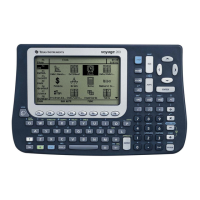
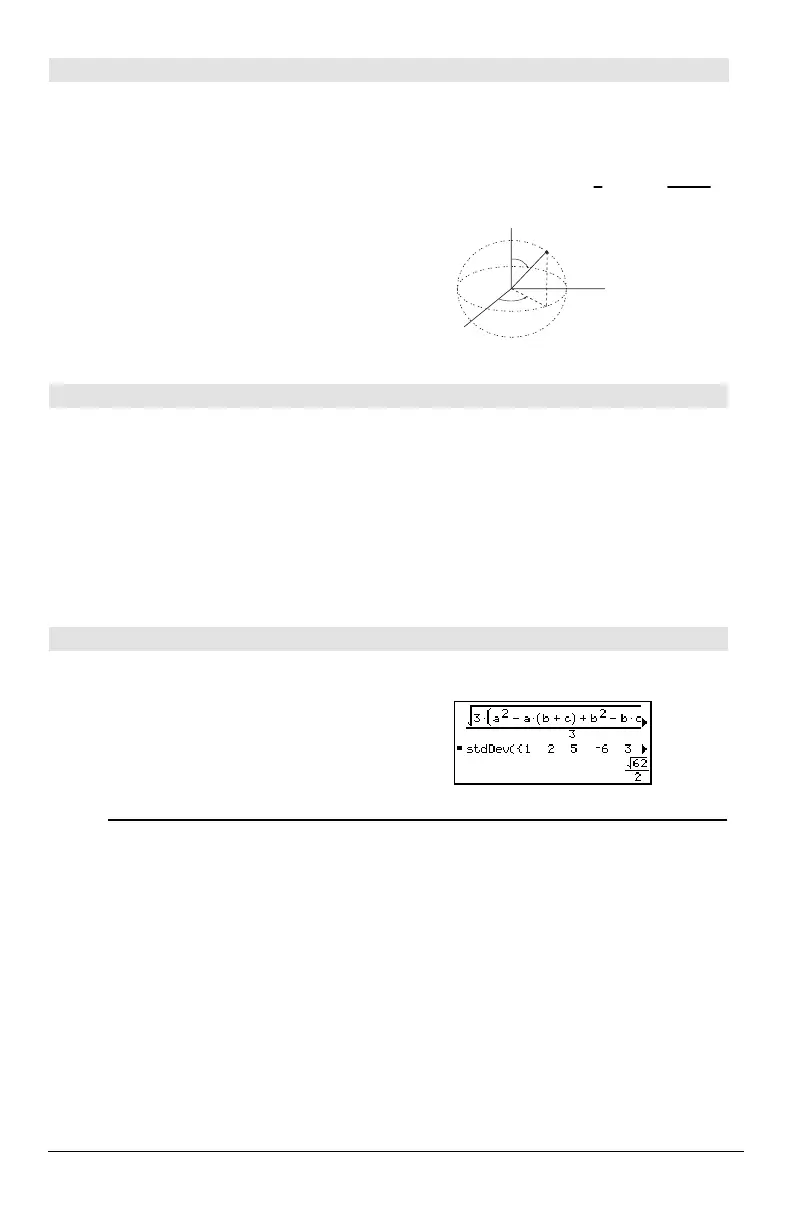